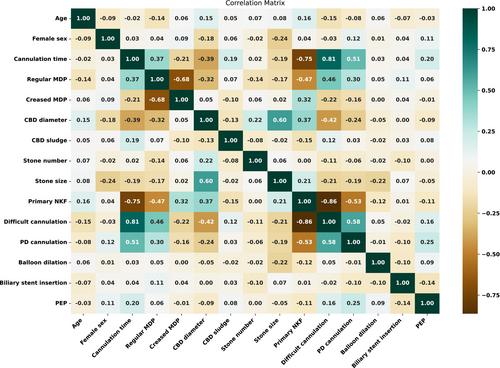Prophylactic Biliary Stenting After Stone Clearance Improves the Safety of Needle-Knife Fistulotomy: A Propensity Score-Matched Analysis
Abstract
Objectives
Needle-knife fistulotomy is an advanced technique for gaining biliary access in endoscopic retrograde cholangiopancreatography (ERCP). This study assesses the hypothesis of whether biliary stenting after needle-knife fistulotomy could improve the safety of the ERCP.
Methods
A retrospective review of the medical records of patients who referred for ERCP between 2021–2024 was performed. All patients with naïve papilla and choledocholithiasis who underwent needle-knife fistulotomy were included in the study. Patients were categorized into the two groups of with and without biliary stent.
Results
Of the 402 included patients, 331 had successful stone extraction, among whom 50 (15.1%) and 281 (84.9%) recieved and not received a biliary stent, respectively. After 1:4 propensity score matching, age, sex, difficult cannulation, and pancreatic duct cannulation were comparable between the groups (p > 0.05). Patients with biliary stent had a borderline significant lower rate of post-ERCP pancreatitis (2.3% vs. 13.1%, p = 0.054). No delayed perforation was observed in either groups. There were no significant differences in cholangitis and bleeding between the groups (p > 0.05).
Conclusions
This is the first study investigating the impact of prophylactic biliary stenting after needle-knife fistulotomy, suggesting that prophylactic biliary stenting after needle-knife fistulotomy and successful stone removal may improve the safety of ERCP by reducing the rate of post-ERCP pancreatitis. Further large-scale prospective studies are warranted to validate these findings.


 求助内容:
求助内容: 应助结果提醒方式:
应助结果提醒方式:


